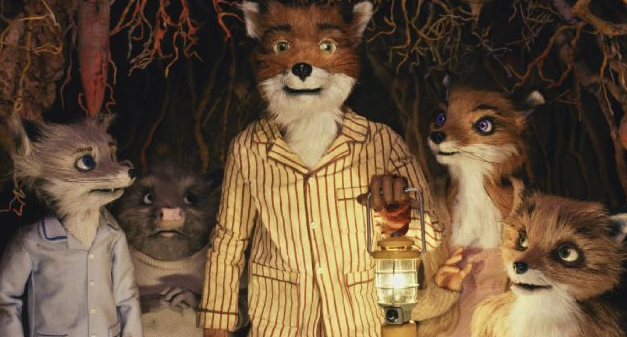Fantastic Mr. Fox
Smart. Witty. Cool. Hip. Imaginative. Different. And, like any good fox, sly.
Those are the words that apply to The Fantastic Mr. Fox, Wes Anderson’s impressively retro journey into stop-gap animation. The film is a breakthrough for those thirsting for something other than CG animation. It is also a breakthrough for Anderson, who has been looking for a second act. The Fantastic Mr. Fox is first an exercise in style. The film is layered in fall colors –oranges and yellows and browns. More importantly, it is a piece of animation that is directed rather than produced.
Where Pixar’s animation bears the brand and the qualities of the studio that makes it, The Fantastic Mr. Fox is clearly the act of a single mind on a visual level. All the hallmarks of Anderson’s visual style are there – extreme use of the screen’s width, and most impressively, a world that extends beyond the screen. The camera goes up, down, all around. Has the visual style of an animated film ever seemed so liberated?
Yet its story (Based on the Roald Dahl book) of a patriarch in midlife crisis is sufficiently foxy. Mr. Fox has traded stealing chickens for a day job as a columnist, a wife and a freaky outcast son. Yet something’s missing, because a fox is made to steal a chicken. He resorts to thievery of a major corporation. That brings all sorts of hell when the owners decide to seek revenge.
Anderson has suffered the build him up. Like what once happened one of his many heroes, Francois Truffaut, observers have unfairly thrown him into the category of early brilliance who has not been able to live up to it. Having recently re-watched ‘The Life Aquatic With Steve Zissou’ recently, I feel confident in saying that reputation won’t last, as it did not with Truffaut. However, it is nice to see Anderson laugh again and break out of his ultra-deadpan Hal Ashby phase.






